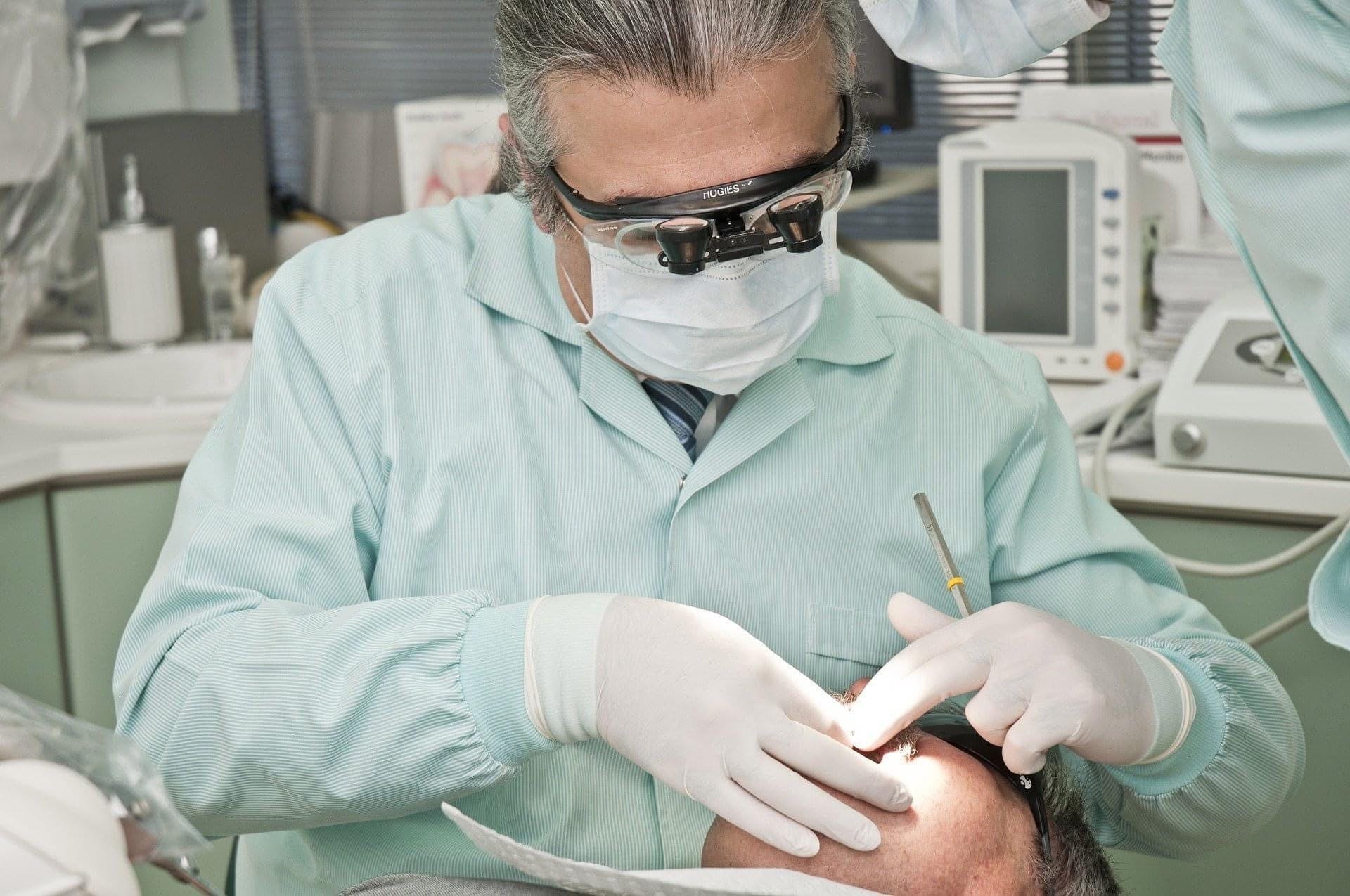 For much of the 1900s, very little research was conducted to study the effect of fluoride accumulation on brain health. By the 1950s, the subject started to garner attention among a number of scientists, researchers, and dental health professionals. In 1990, a major milestone was reached when Dr. Jennifer Luke asked the question: How does the accumulation of fluoride affect the hard and soft tissues of the body?
For much of the 1900s, very little research was conducted to study the effect of fluoride accumulation on brain health. By the 1950s, the subject started to garner attention among a number of scientists, researchers, and dental health professionals. In 1990, a major milestone was reached when Dr. Jennifer Luke asked the question: How does the accumulation of fluoride affect the hard and soft tissues of the body?
Dr. Luke narrowed her study to the effect of fluoride on the Pineal gland, a small organ located in the center of the brain. Specifically, her research focused on how fluoride accumulation affects the ability of the Pineal gland to secrete melatonin, a very important chemical that helps to regulate sleeping patterns as well as the onset of puberty.
Dr. Jennifer Luke Makes an Alarming Discovery
The major points of Dr. Jennifer Luke’s study are summarized as follows (i):
1. The Pineal gland absorbs more fluoride than any other part of the body.
2. Total absorption can be up to 21,000 parts/million.
3. At 21,000 parts/million, the hard tissue of the Pineal gland absorbs a much larger amount of fluoride than any other hard tissue in the body—much more than both teeth and bones.
4. In animal tests, fluoride accumulation in the Pineal gland restricted the production of melatonin and accelerated the onset of puberty.
Most alarming is the finding that the Pineal gland has the potential to absorb up to 21,000 parts / million fluoride. To truly understand how dangerously toxic that level is, consider that the United States federal government recommends that public drinking water contain only 0.7 to 1 parts/ million fluoride (ii).
What About Fluoride in Oral Hygiene Products?
For additional perspective, consider the fluoride concentration of the following oral hygiene products:
1. Fluoride Tooth Paste: Up to 1,000 parts / million, depending on the brand.
2. Fluoride Mouth Rinse: Up to 500 parts / million, depending on the brand.
A Message of Caution from the FDA: It is also important to remember that the products above are clearly marked with warning labels, as required by the United States Food and Drug Administration (FDA):
“WARNING: Keep out of reach of children under 6 years of age. If you accidentally swallow more than used for brushing, seek professional help or contact a poison control center immediately.”
It is clear that both federal government and consumer health agencies recognize the dangers of ingesting large amounts of fluoride, as demonstrated by water fluoridation restrictions and Federally-mandated warning labels that must be printed on the packages of fluoride toothpastes and mouth rinses.
As researchers continue to investigate the toxic effects of fluoride on the human body, a movement towards “fluoride free dentistry” has emerged. Increasingly, Americans are beginning to seek ways to keep their teeth and gums looking their absolute best, without the use of harmful chemicals like fluoride.
Fluoride Free Dentistry
At Assure a Smile, a holistic approach to dentistry has been practiced since we first opened our doors to the Miami community in 1988. Holistic dentistry focuses on the health of not just the mouth, but of the entire body as well. Toxic chemicals like fluoride and mercury-rich dental amalgam (silver fillings) are never used. Instead, each patient exam, cleaning, and procedure is conducted using only biocompatible materials and dental technologies that are non-toxic and minimally invasive.
To learn more about holistic dentistry, schedule an appointment with Assure a Smile online or call our front desk directly at 305-274-0047. It is our pleasure to answer any questions you may have about holistic wellness, minimally invasive dentistry, and the advanced technologies our practice uses to help Miami residents create Healthy Teeth and Gums for Life.
Sources for this article include:
(i) Luke, Jennifer M.D. Fluoride Deposition in the Aged Human Pineal Gland. International Center for Nutritional Research, Inc. ICNR.com.
(ii) Proposed HHS Recommendation for Fluoride Concentrate in Drinking Water for Prevention of Dental Caries. U.S. Department of Health & Human Services. HHS.gov.





